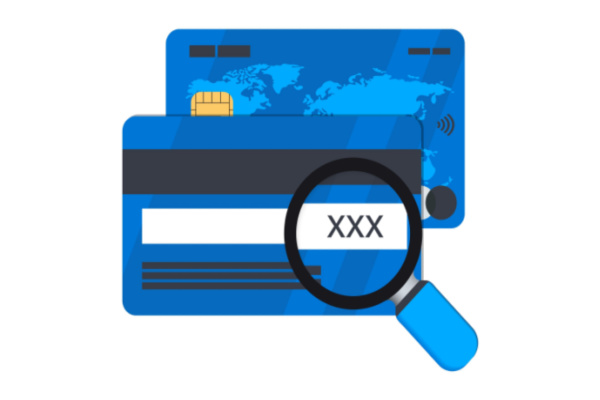Unmasking the Techniques: How Hackers Obtain CVV Dumps
Unmasking the Techniques: How Hackers Obtain CVV Dumps
Introduction
In today’s digital age, the security of personal information, especially credit card data, is a significant concern. Hackers employ various techniques to steal this sensitive information, and one of their primary targets is the Card Verification Value (CVV) on credit and debit cards. CVV dumps refer to databases or collections of credit card information, including the CVV code, often obtained through illegal means. In this article, we will delve into the techniques hackers employ to obtain CVV dumps, shedding light on the dark and dangerous world of credit card data theft.
Understanding CVV
The Card Verification Value (CVV) is a three- or four-digit number found on the back of most credit and debit cards. briansclub.cm It is used as an additional security measure during online transactions to confirm that the cardholder possesses the physical card. This makes CVV codes valuable for hackers, as having the CVV increases the chances of successfully conducting fraudulent transactions.
Techniques Employed by Hackers
- Phishing Attacks
Phishing attacks are one of the most common methods hackers use to obtain CVV dumps. In a phishing attack, the hacker creates a fake website or sends deceptive emails to trick individuals into entering their card information, including the CVV, on a fraudulent webpage. These deceptive sites often closely mimic legitimate ones, making it difficult for users to distinguish between the two. Once the unsuspecting victim enters their CVV, it is immediately captured by the hacker.
- Skimming Devices
Skimming devices are physical tools that hackers attach to ATMs, gas station pumps, or point-of-sale (POS) terminals to capture the magnetic stripe data and CVV from cards swiped through them. These devices are usually well-disguised and difficult to detect. Once the card information is skimmed, it can be used to create CVV dumps.
- Data Breaches
Data breaches are a more indirect method used by hackers to obtain CVV dumps. Hackers infiltrate databases of organizations that store credit card information. These breaches can occur in a wide range of institutions, from retailers to financial institutions. Once the data is compromised, it is sold on the dark web, often including CVV information, contributing to the creation of CVV dumps.
- Malware and Keyloggers
Malware and keyloggers are software programs that hackers use to infiltrate a user’s device and record their keystrokes, capturing the CVV information when it’s entered during online transactions. This technique is particularly dangerous because it can occur without the user’s knowledge, making it a stealthy method for obtaining CVV data.
- Social Engineering
Hackers sometimes employ social engineering tactics to trick individuals into revealing their CVV information. This may involve posing as customer support representatives, law enforcement officials, or other trusted figures who request the CVV over the phone. By manipulating individuals’ trust, hackers obtain the CVV directly from their targets.
- Dark Web Marketplaces
Once hackers obtain CVV information, they often sell it on dark web marketplaces. These underground websites allow hackers to monetize their stolen data. CVV dumps can be bought and used by other criminals for fraudulent activities, including making unauthorized purchases or cashing out the cards.
Preventing CVV Dump Theft
To mitigate the risk of CVV dump theft, it’s crucial to take proactive steps to protect your credit card information:
- Be cautious of phishing attempts and verify the legitimacy of websites and emails.
- Check ATMs and card readers for any suspicious devices before using them.
- Regularly monitor your financial statements for unauthorized transactions.
- Use strong, frequently updated antivirus and anti-malware software to protect your devices.
- Avoid sharing personal information over the phone unless you can verify the caller’s identity.
- Educate yourself about cybersecurity best practices and stay informed about emerging threats.
Conclusion
The techniques employed by hackers to obtain CVV dumps are diverse and continuously evolving. As technology advances, so do the methods employed by cybercriminals. It is essential for individuals and organizations to remain vigilant and prioritize security measures to protect sensitive financial information. By understanding these techniques and implementing robust security practices, we can reduce the risk of falling victim to CVV dump theft and maintain the safety of our financial assets.
